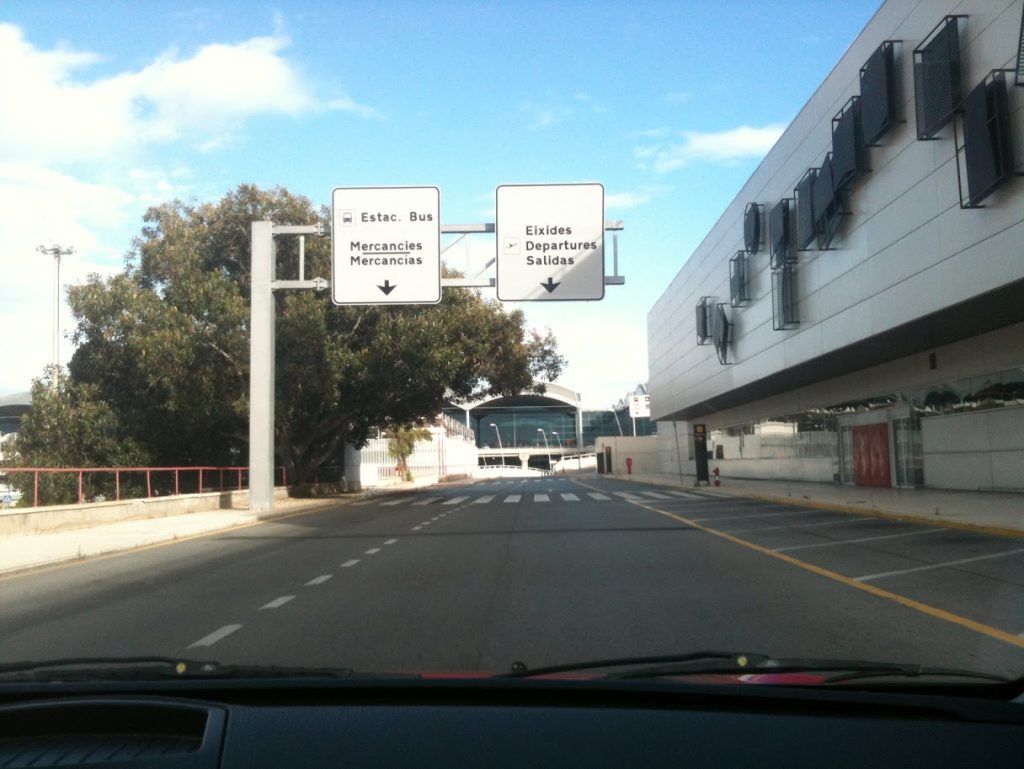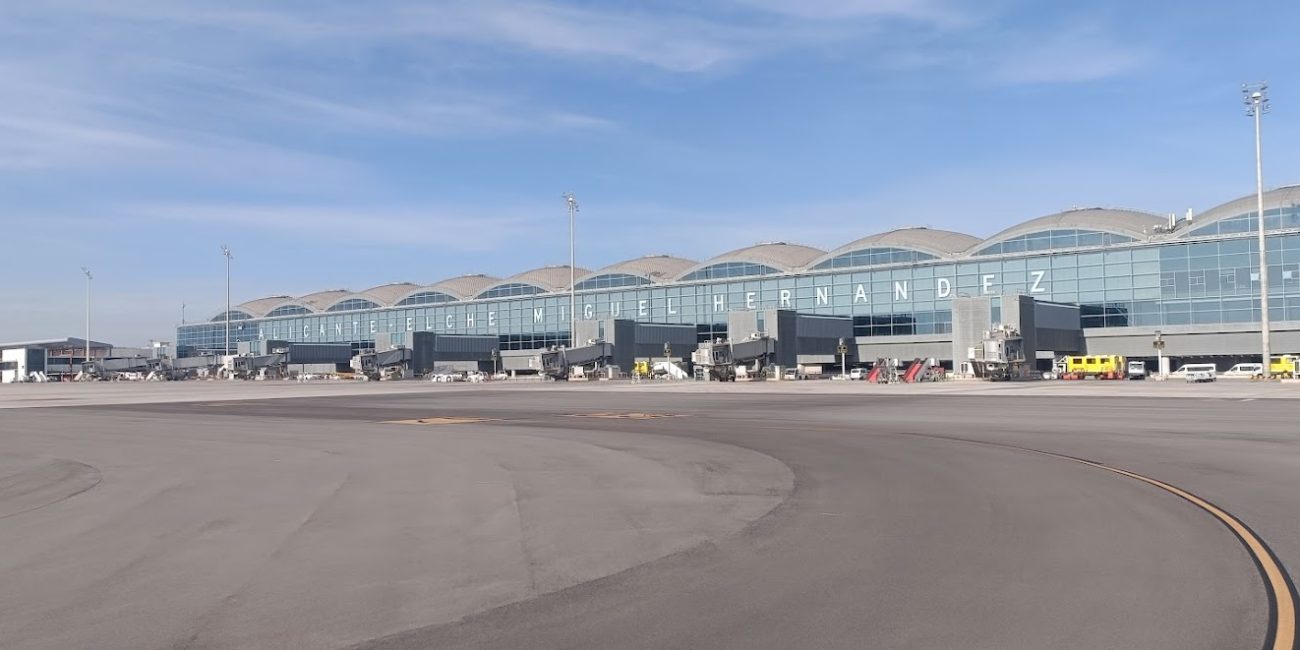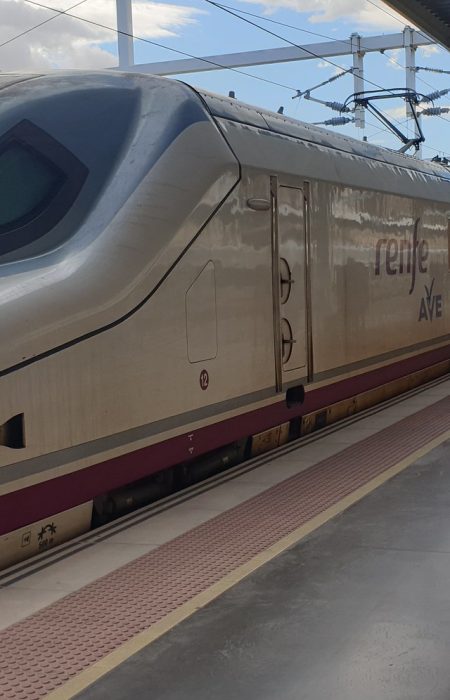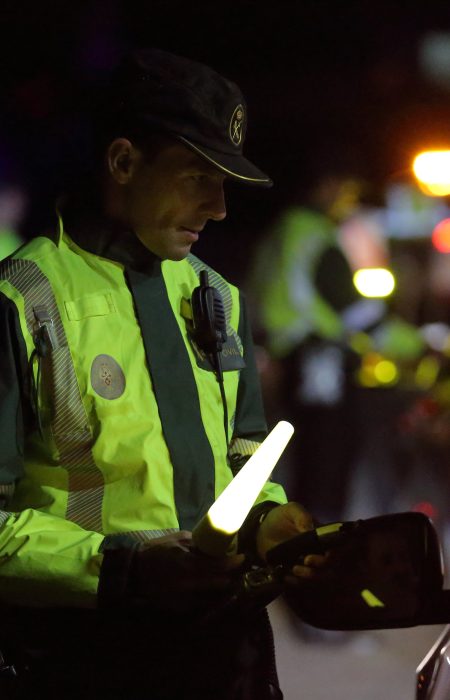A step forward for the growth of Alicante-Elche Miguel Hernández Airport’s passenger terminal. The Aena board of directors has authorised a bid for the technical help needed to keep an eye on the writing of the plans for the airport’s expansion. Sources at the Ministry of Transport say that the tender has a budget of more than €38 million (€38,256,493). The same sources added that this technical help would also be in charge of managing, controlling, and keeping an eye on the first work on the renovation.
Hiring this outside help is a vital step to move the terminal’s transformation forward by building a new wing on the area that was freed up when the old T-1 was torn down and is currently empty. The plan for the next Airport Planning Document (DORA) for the years 2027 to 2031 says that this project will cost about €1.154 billion. This new tender adds €38 million to the almost €20 million already set aside for planning the work, bringing the total investment to more than €58.2 million. The €38 million comes from the tender for draughting the project to adapt the terminal area and the movement area, which is currently in the final evaluation phase of the seven bids submitted as a preliminary step to its award.
The proposal for the next Airport Regulation Document (DORA III) includes the start of the repair and expansion of Alicante-Elche Miguel Hernández Airport. This is part of Aena’s investment plan for the airport network from 2027 to 2031. According to the DORA’s main goals, the work will have two main goals: to give the airport the ability to handle the future growth of its activity, with the goal of being able to process at least 26 million passengers a year, according to the estimates released so far, and “to do so with a focus on quality, optimising the experience of passengers and airlines,” according to the same sources.
The ministry stresses that the technical assistance duties will help protect the roadmap for planning and carrying out the planned actions, “making it a fundamental step.” This is especially true given the size of the several planned works, which will happen in phases and “according to a carefully planned schedule to minimise the impact on travellers and users.” This is because they will all happen at the same time as Alicante Airport is fully operational.
The growth

According to Aena’s plan, the main part of this refurbishment will be adding to the existing terminal structure. This will include extending the boarding pier over the old Terminal 1 and the General Aviation Terminal. This new pier will make it easier to handle future non-Schengen traffic (mostly passengers from the UK) by providing central border control that meets new EU rules and new contact gates for this type of traffic. This will make things better for both passengers and airlines. This will also mean changing the current terminal to fit the new layout, “making room for security control, where automated conveyor belts and the latest hand luggage screening machines are planned.”
Passengers going to and from non-Schengen countries will also have more places to shop and eat because of the new port. In keeping with this, a new VIP lounge will be developed just for passengers waiting for their flights in this departure area. There will still be a VIP lounge at the airport in the Schengen flight area. The rehabilitation of this sector, which has been closed off since the 2020 fire, is now up for bid. “In this way, it will be better suited to the needs of the users of the Alicante terminal.” The primary things happening in the movement area are the remodelling of the apron in front of the new pier (which is an extension of the present one) and the reconfiguration project for the apron that will be used for the new general aviation area.
Sustainability for the environment
Maurici Lucena, president of Aena, said that the proposed actions “will be carried out in a way that protects the environment, using the strictest and most thorough environmental standards available to us.” He said that the airport operator “has always promoted airports with the most modern infrastructure, guaranteeing adequate connectivity, excellent quality, and the highest levels of safety and environmental sustainability.” This contract includes a service that makes sure that projects are designed in a way that is good for the environment and that the work is done according to the technical selection criteria set out in Royal Decree (EU) 2021/2139 and the taxonomic criteria for getting BREEAM certification.









No Comment! Be the first one.